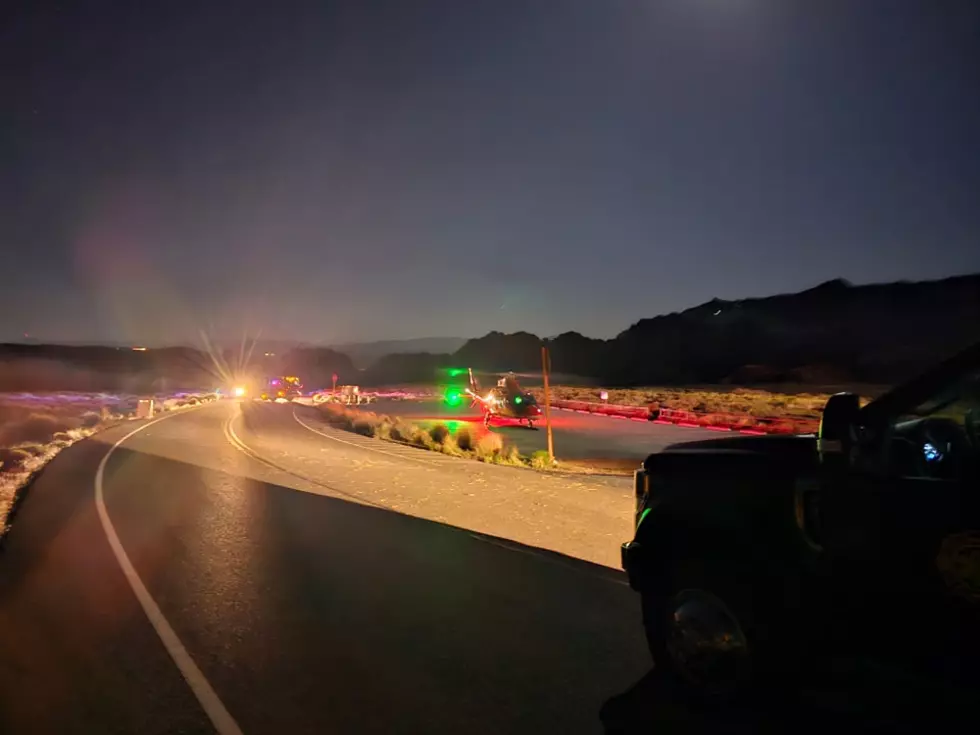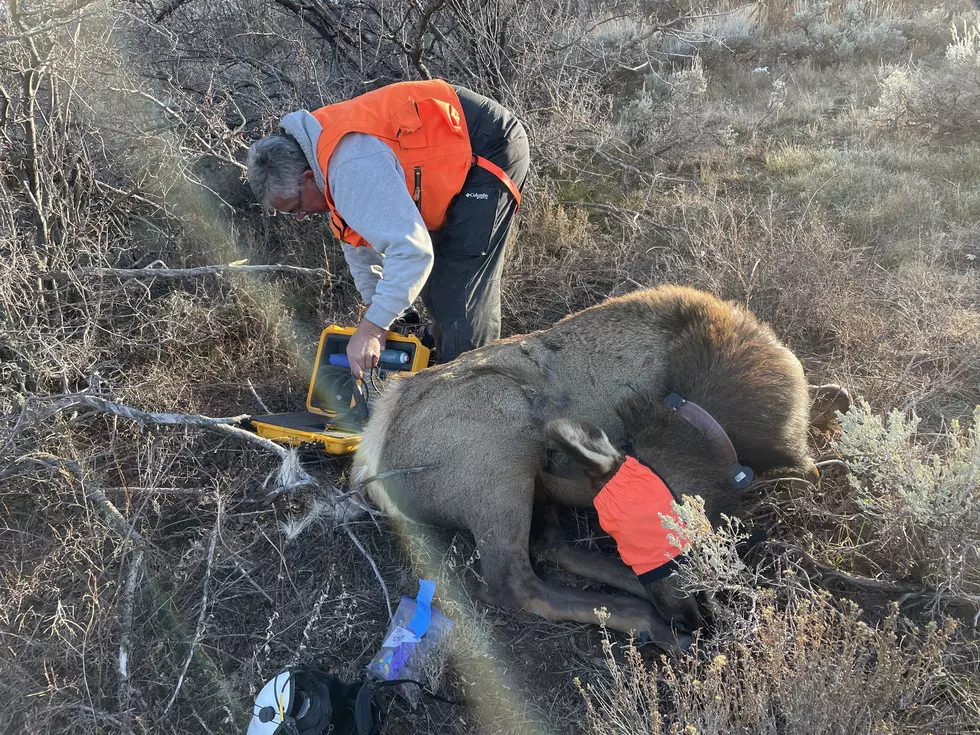
Spring Turkey Hunts Set To Begin
Utah’s spring general-season turkey hunts are about to get underway, and if you like the idea of harvesting your own delicious bird, it’s not too late to buy a permit and research an area to hunt. Utah’s youth turkey hunt runs from April 28-30, and the spring general-season turkey hunt runs from May 1-31. Youth can continue hunting during the general-season hunt if they don’t harvest during the youth hunt. The limited-entry hunt began April 8 and will end April 27.
Here’s what hunters should know about the upcoming general-season and youth hunts. There are two turkey subspecies that live in Utah, the Rio Grande and Merriam’s. There are currently between 25,000-30,000 wild turkeys throughout the state. Turkey numbers have been low in southern Utah for several years, and populations have declined. However, there were no known turkey die offs during the winter for this part of the state.
Turkey hunting on the Panguitch Lake, Mt. Dutton and Paunsaguant areas will be average this year due to the low production over the past four years. Birds will be found in areas with green plants and near streams. Turkey populations on the Beaver, Pahvant and Oak Creek areas are also lower than four years ago. However, populations are still healthy, and birds can be found in most of the major drainages across these ranges. This year, hunters should expect access to be much more difficult due to lingering snow and mud. Turkey hunting on the Monroe and Fish Lake areas is only expected to be fair this spring. Turkey hunting in Washington and Iron counties should be better than it has been the last few years, due to good chick production last year.
With the delayed spring conditions, there has been a delay in the breeding season as well. Birds may still be gobbling well into the middle of May in these areas. Turkey numbers have been low on the Boulder/Thousand Lake hunting unit this year. There is some concern that survival may have been poor due to the severe winter conditions. Areas once containing many turkeys have had few to none this year.
The hunt may be more difficult this year, due to limited accessibility with lingering snow and low turkey numbers. Turkeys can be found along creeks at lower elevations when spring plants begin to emerge. Rio Grande turkeys are usually found at lower elevations. River bottoms dotted with cottonwood trees and areas containing mostly oak and pinyonjuniper woodlands are some of their favorite spots. Merriam’s turkeys, on the other hand, are typically found in ponderosa pine forests at higher elevations.
If you’re planning to hunt, try to get out and scout a few days before your hunt begins. Becoming familiar with the area and locating where the turkeys are is key to a successful hunt. You should spend time observing the turkeys’ daily patterns so that during the hunt, you can set up in an area where the birds will be active. Typically, more turkeys are harvested between 10 a.m. and 2 p.m. than during any other time of day. Permits for Utah's statewide spring general-season turkey hunt went on sale on March 2. You can buy a permit for the statewide general season anytime before the hunt ends on May 31. You can get permits at license agent locations or by going to the DWR website.
LOOK: Here Are 30 Foods That Are Poisonous to Dogs
More From KSUB 590/107.7






